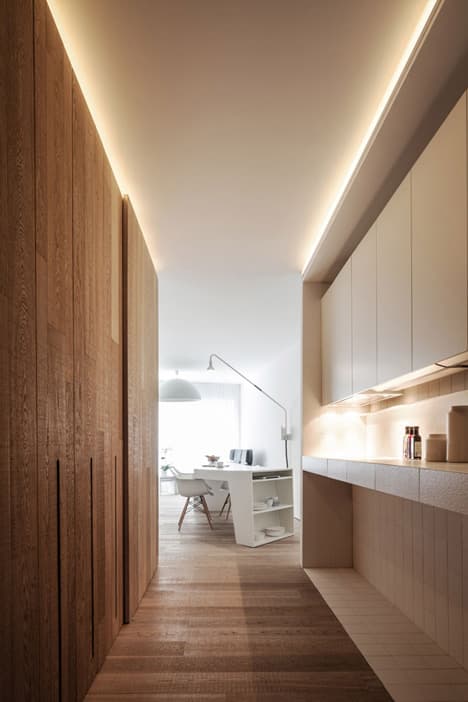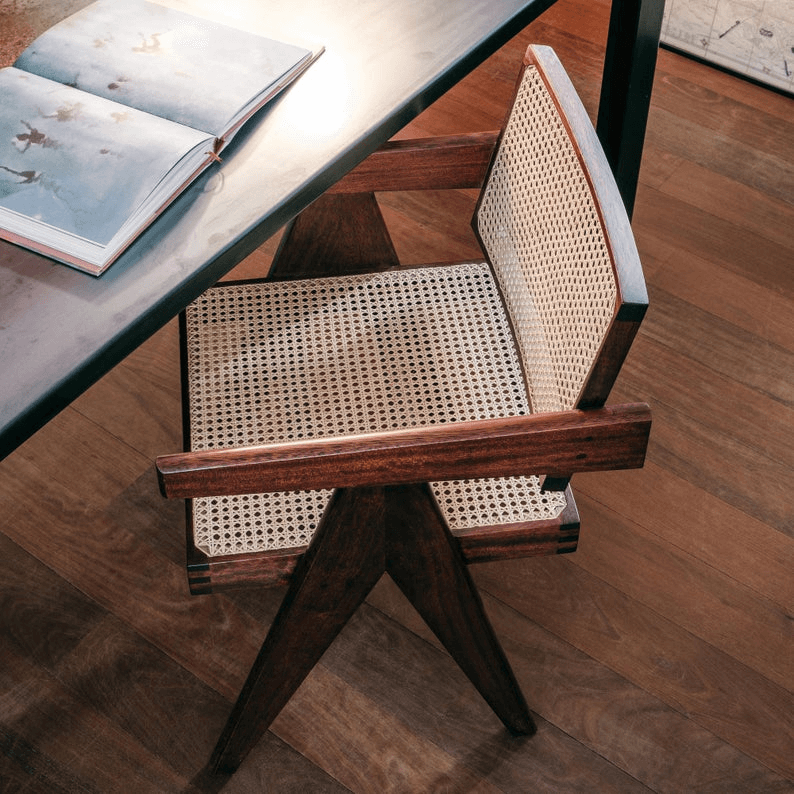How to Create a Homely Feel in Your Rented Space: Easy, Reversible Decorating Tips
We’re discussing how to make a rented space feel like home without the commitment of permanent changes.

Designing an accessible home for your family or frequent visitors can make all the difference to those who might be struggling with mobility or need extra adaptations to visit or enter your home, whether it’s for a senior person so they can continue to live independently or for a disabled person to live comfortably with adaptations required to meet their needs, improving accessibility should be a priority.

The reality is that not all houses are built with accessibility in mind, and many homeowners will be looking at making drastic changes alongside smaller adaptations to make their homes more accessible. More often than not, these are only carried out in the face of needing changes, i.e., after a health diagnosis or accident renders a person in need of adaptations, making them more urgent.
Regardless of the reason behind your decision to make your home more accessible, these design tips are here to empower you. They can guide you in making the necessary changes, putting you in control of your home’s accessibility and instilling confidence in your ability to create a welcoming and functional space.
The placement of furniture in your home can be a huge barrier to accessibility.
You need to be conscious of where you place your furniture to ensure everyone can use the space as needed.
When arranging your furniture, it is important to plan for a two-foot-wide space between items. This provides a five-foot-wide radius for people using mobility aids, such as wheelchairs or scooters, allowing them to move around freely.
Avoid placing items in areas where there is limited space or tight spots and turning corners to avoid rendering the space unusable or creating no-go zones. Place furniture away from the door frame to prevent obstacles from entering the room, and consider attaching items to walls to avoid accidents should they come into contact with mobility aids so they don’t fall down.
It can be a good idea to move around the space with something around you to replicate any mobility aid dimensions similar to ones people will need to use in your home to see how easy it is to get around your furniture.
Incorporating safety into your home design is vital to help people who need additional support due to limited mobility or a lack of mobility. It’s not just about making the home accessible but also about ensuring a safe and secure environment for everyone.
It might be that you install a handrail outside your property for people to hold when coming to your home or entering and exiting. Choosing a Handrail Yellow can also be a warning that the rail is there and direct people to use it to offer more significant support to move around outside. You can add handrails in rooms, along staircases, bathrooms, and kitchens where people might need help moving around. Removing uneven flooring and replacing single
steps with ramps can increase accessibility, eliminate trip hazards and sharp corners, and increase usability, which can help you improve safety as required by those who need it when in your home.
Lowered countertops and units in your kitchen can help you navigate your room and the amenities easily. Redesigning your kitsch can be a huge undertaking, but if you need to make your kitchen more accessible, this is a great option to look into to enable you to use your home with more confidence and ease.
If doing this isn’t possible, consider what you can change to make the kitchen more accessible. Can you move items lower down, add in more moveable units so others can use them, or rearrange appliances to make them more accessible?
Using the bathroom isn’t a privilege; it’s a fundamental right. Many traditional home bathrooms can be rendered inaccessible for those with mobility issues or who need additional assistance. It’s essential to ensure that everyone can use the bathroom with ease and dignity, regardless of their mobility.
You can add handrails to help people use the toilet more easily, swap a bath for a shower, or install a wet room for increased accessibility. Pull strings to turn lights on and off can be helpful for some, as can automatic lighting and sensor taps, which remove the need to run taps on and off.
You can make many extensive and minor changes in your bathroom to make it more accessible; for those requiring more support, you can design a changing room with hoists, tables, and accessible baths for people who need additional help bathing and toileting.
Remember to consider the type of flooring you use, too, so it’s not too slippery, presenting more hazards for the user, and can sustain the changes you make.
Increasing automation in your home can remove the need to carry out certain tasks and functions, offering a sense of independence and control. As technology advances, you can automate more and more parts of your home, increasing its accessibility and reducing the need to perform specific tasks that pose a challenge.
Using smart home hubs, simple commands like “Alexa close the blinds” or “Google turn the oven on” can be extremely helpful for those who aren’t able to perform particular tasks physically or rely on others to assist them, offering more independence.
Wider doorways can be a significant improvement for people who need aids to get around. However, in residential properties, door frames aren’t always wide enough to accommodate wheelchairs, meaning people are blocked from freely moving around.
Sadly, not all homes can accommodate wider doorways; in many cases, extensive adaptations are required to make the home usable. However, suppose you can widen doorways. In that case, you allow people to move around your home and be a part of your family life rather than being isolated because they cannot access certain rooms or areas.
Key locks at standard height on external doors can prove quite a problem for people who lack good dexterity or cannot reach that high up.
Modern door locks can allow you to access property by simply using a keyfob placed at a lower height can be all you need; for example, or adding a lock that can be accessed with an app can remove the need for a physical key. You can also opt for biometric or pin pad door locks that allow for easier access without using traditional keys too
Installing pull-out cabinets can help people access the contents of cabinets without having to manoeuvre themselves to the back of cupboards or invest in additional freestanding storage that reduces space in your home.
Pull-out cupboards bring the contents out of the cupboards for easy access, reducing the need to struggle or take up more space. Once the pull-out section is finished with, it can be rolled safely back into the cabinet out of the way.
To make your home more accessible, you need to view your home from the viewpoint of a person with limited mobility and access to your home the way you do.
These changes need to be made with the specific abilities of the person you are reddening to in mind, be it a senior parent, a disabled partner, a child, or even yourself. The more personal the changes you can make, the more functional your house will be for the user, helping them live a more comfortable and codified life and, more importantly, allowing each resident or visitor to navigate the space. If you’re unsure about what changes to make or legal guidelines you need to follow for accessible spaces, you can talk to an occupational therapist to get the right adaptations in place and give you a more thorough overview of what is needed.

We’re discussing how to make a rented space feel like home without the commitment of permanent changes.

Everything from classic mid-century lamps to unique decor that adds finishing touches to your home, Etsy has got it all.

Everyone loves a good bargain, but when it comes to home improvements, it can be difficult to find exactly what you want for the right price.